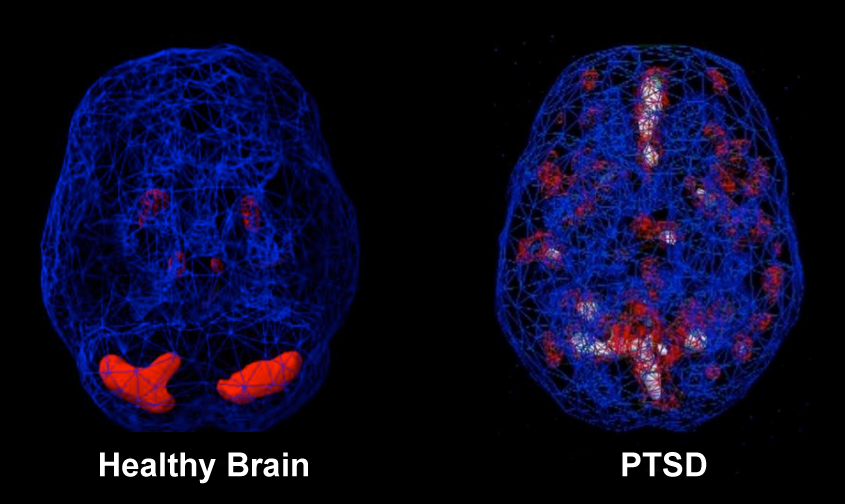#162 - Shell Shock Impact

References: Ryu, J., Horkayne-Szakaly, I., Xu, L., Pletnikova, O., Leri, F., Eberhart, C., … & Koliatsos, V. E. (2014). The problem of axonal injury in the brains of veterans with histories of blast exposure. Acta neuropathologica communications, 2(1), 153-153.
Written by Mara Rowcliffe, BS.


 Give to Florida Tech
Give to Florida Tech 